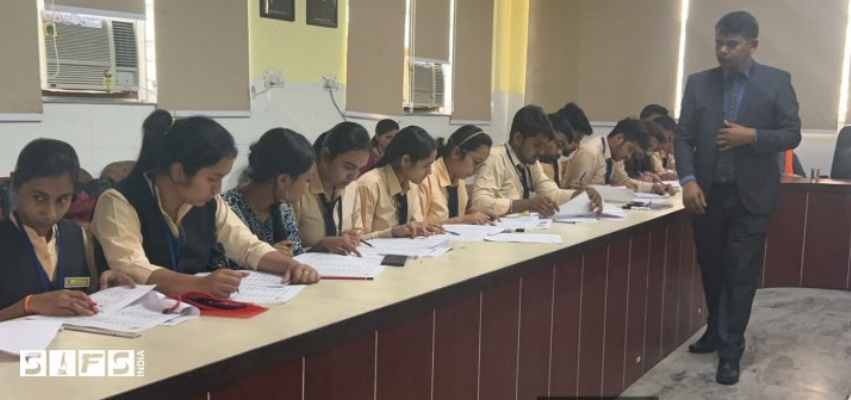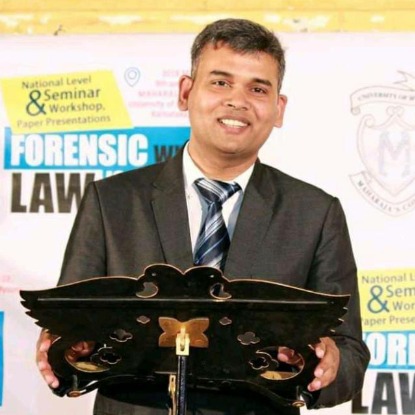I had the pleasure of conducting a handwriting examination workshop at Subharti University in Meerut recently, where participants joined me to learn the intriguing art and science of handwriting analysis. This workshop was a hands-on exploration into the world of document examination and focused on the techniques and methods essential for authenticating documents, detecting forgeries, and identifying hidden details in handwriting patterns.
Throughout the workshop, I emphasized that every individual’s handwriting is as unique as their fingerprint. While our writing can vary with changes in our environment, mood, or writing tools, there are distinct characteristics—like pressure, slant, loop formation, and spacing—that remain unique to each person. These markers serve as critical clues in forensic investigations, helping experts determine whether a document is genuine or tampered with and sometimes even offering insights into the writer’s identity.
In our practical exercises, participants got to see these principles in action. I guided them through the process of examining samples for key traits and helped them understand how to identify subtle inconsistencies. For instance, we practiced distinguishing natural handwriting from forgery by looking at pen pressure, tremors, and ink flow—details that might seem minor but can be telling indicators of authenticity.
One of the workshop’s highlights was giving participants the chance to work with the same tools used by professionals in the field. With magnifiers, reticles, and high-resolution imaging equipment, they could observe handwriting details that are invisible to the naked eye. Each participant had a chance to work hands-on with these tools, allowing them to see firsthand the intricacies involved in document examination.
I also shared some insights on how handwriting analysis can go beyond simply identifying a writer. Forensic handwriting examination can sometimes reveal insights into a person’s psychological state or behavioral tendencies. Understanding these subtle cues can enrich the broader context of a criminal investigation, adding depth to our knowledge about the individual behind the handwriting.
Our discussions included case studies where handwriting examination played a significant role, from criminal cases and civil disputes to corporate fraud investigations. These real-world applications gave participants a sense of how vital document authentication can be across different sectors. I encouraged everyone to consider how they could apply what they were learning to their own careers, whether in law enforcement, legal professions, or forensic labs.
One session I particularly enjoyed was on cross-cultural handwriting analysis. Given that writing habits can vary significantly across cultures, it’s crucial to approach handwriting examination with cultural awareness. I was delighted to see participants recognize the importance of this nuanced approach, which ensures more accurate and fair forensic analysis in a global context.
At the end of the workshop, participants left with sharpened skills and a greater appreciation for the role of handwriting examination in forensic science. I hope the knowledge they gained will empower them to make meaningful contributions in their respective fields. This workshop was a testament to Subharti University's dedication to advancing forensic education, and I am honored to be part of this journey in shaping the next generation of forensic experts.


